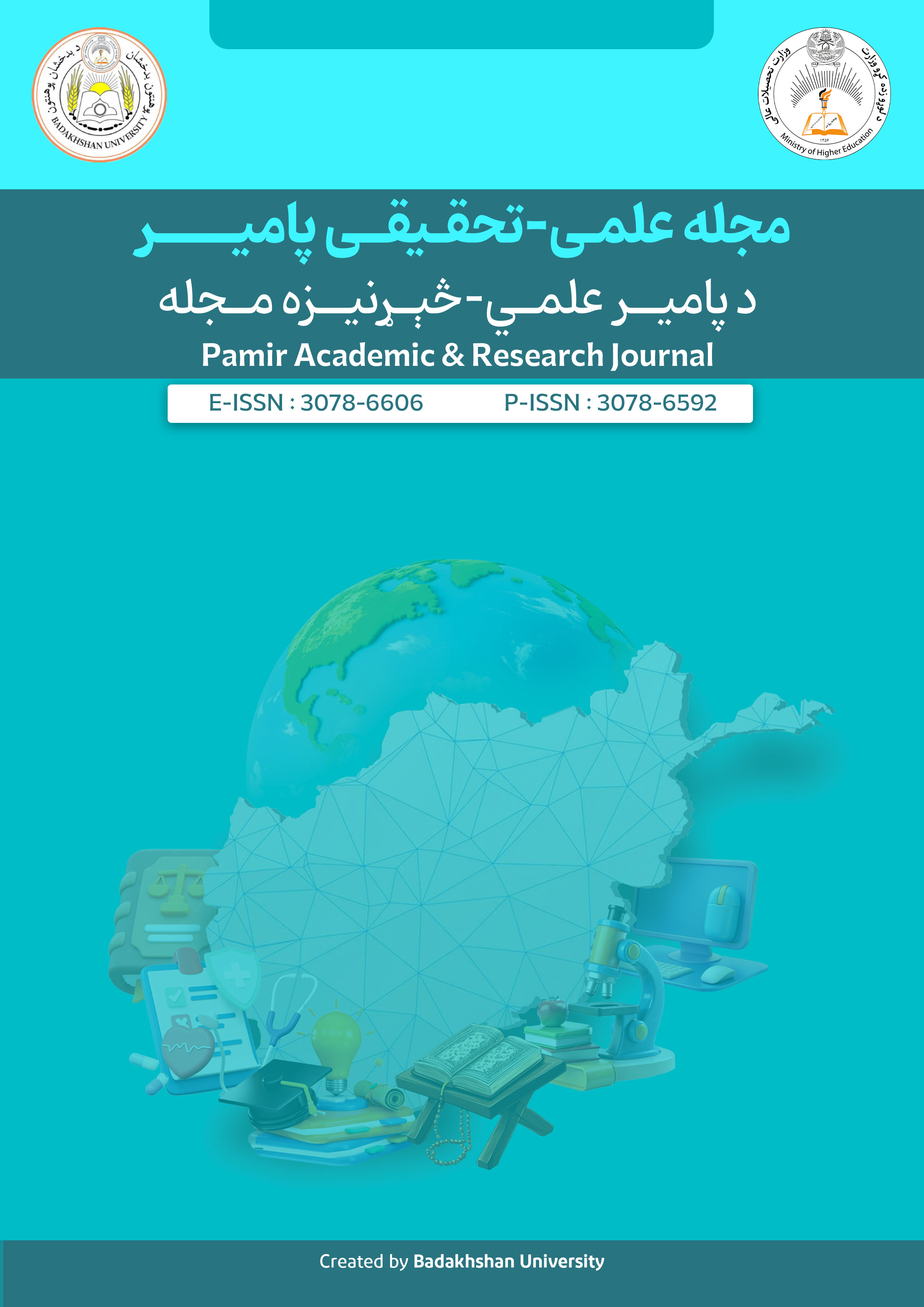بررسی موسیقی بیرونی(وزن عروضی) اشعار میر اولیاحسین مغموم
DOI:
https://doi.org/10.61806/parj.v9i29.53Keywords:
بحر، شعر ، عروض،مغموم ، وزنAbstract
چکیده
یکی از ملزومات شعر داشتن موسیقی است ، زیرا شعر در حقیقت موسیقی کلمه ها و لفظ
هاست.با این وصف بخشی از بخشهای موسیقی وزن عروضی است،که بدان موسیقی بیرونی گفته
میشود. وزن در نزد قدما از ارزش و اعتبار فراوان برخوردار بوده و در تعاریف که از شعر نموده
اند،نخستین ویژگی آنرا موزون بودن آن بیان داشته اند. شعرای بزرگ از ارزش وزن در ساختار شعر
آ گاه بوده اند ، چنانکه توجه آنان به اوزان و بحور مختلف عروض بیانگر سبک آنها در حوزهی
موسیقی کلام است. در این پژوهش اشعار میر اولیاحسین مغموم از لحاظ موسیقی بیرونی یا همان
وزن عروضی به بررسی گرفته شده است و به دنبال وزن عروضی اشعار، استخراج و دسته بندی
اشعار از لحاظ کمی و کیفی است. در بررسی نخست آشکار شد که مغموم در اشعار خود از اوزان
رایج زبان پارسی دری استفاده کرده و تنوع اوزان در اشعار او کمتر است،چنانکه از( )۴۷وزن در
) )۷بحر عروضی استفاده نموده است. هرچند استفاده مغموم از اوزان آ گاهانه است، ولی گاهی
در اشعار او سکتگی های عروضی و استفاده از بحور نامطبوع نیز دیده می شود.
کلیدواژه ها: بحر، شعر ، عروض،مغموم ، وزن
Downloads






